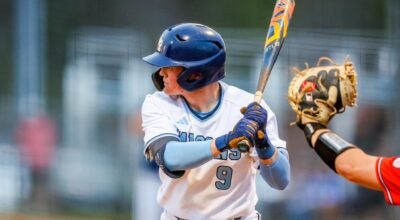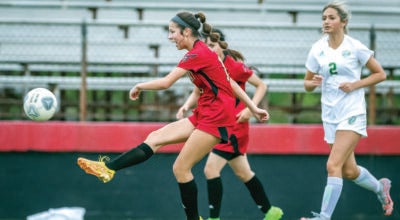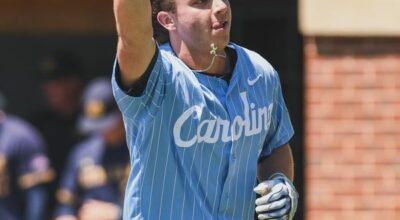NASCAR: What exactly did Mayfield do?
Published 12:00 am Monday, May 11, 2009
By Jenna Fryer
Associated Press
CHARLOTTE ó NASCAR proved how serious it is about its toughened new drug policy with a swift suspension of Jeremy Mayfield, the first driver to run afoul of the random testing program.
Now tell fans what Mayfield did.
NASCAR won’t reveal what banned drug Mayfield used, saying only that it wasn’t an alcohol-related offense. When pressed for more information, NASCAR officials would not budge.
“It’s not relevant to the public interest,” spokesman Ramsey Poston said. “What’s relevant is that this guy failed the test. It’s a zero tolerance test. That’s all that matters.”
Not really.
It is relevant to know if Mayfield was driving a car high on a recreational drug.
It is relevant to know what dangers the 42 other drivers were exposed to with Mayfield on the track.
It is relevant to Mayfield, who blames the positive test from Richmond International Speedway on the combination of a prescribed medicine and an over the counter medicine.
As long as NASCAR won’t say what he did, no explanation can ever be fully believed, especially as Dr. David Black, the CEO of Aegis Sciences Corp., which runs NASCAR’s testing program, dismissed Mayfield’s explanation.
So what exactly did Mayfield do?
Did he take something to improve his strength, stave off fatigue or otherwise improve his performance? Or did he endanger the lives of his fellow competitors by operating a vehicle under the influence of an illegal street drug?
Former Truck Series driver Aaron Fike certainly did, admitting last year to heroin use, even on race days. Fike’s startling revelation led several of NASCAR’s top drivers to call for a tougher drug policy.
Fike wasn’t the only one using. Lower-tier drivers Shane Hmiel received a lifetime ban in 2006 after a third failed test, and Kevin Grubb never raced again after a second suspension that same year. Grubb was found dead of an apparent self-inflicted gunshot wound to the head in a Richmond-area motel last week.
Last year, NASCAR provided teams with a detailed list of banned substances it would test crew members for this season.
According to the memo teams received last December, a copy of which was obtained by The Associated Press, crew members are tested for:
– Seven different amphetamines, including methamphetamine and PMA, a synthetic psychostimulant and hallucinogen.
– Three drugs classified under ephedrine.
– 13 different narcotics, including codeine and morphine.
– Ten different benzodiazepines and barbituates.
– Marijuana, cocaine, zolpidem, nitrites, chromates and drugs that can increase specific gravity.
No such banned list exists specifically for drivers because NASCAR reserved the right to test for anything it wants. It would be laughable, though, to suggest the drivers would be held to a lesser standard.
Yet why did NASCAR allow Mayfield to drive after it was told he had tested positive?
Aegis Sciences Corp. informed Mayfield his “A” sample failed Tuesday, three days after the Richmond race. NASCAR was informed two days later. On Friday, the series reported to Darlington Raceway, and Mayfield requested his backup “B” sample be tested. He was allowed to participate in two Sprint Cup Series practice sessions and attempt to qualify his car for Saturday night’s race while Aegis analyzed the backup sample.
Mayfield failed to qualify, and he was told a few hours before the Southern 500 that his “B” sample had come back positive, too.
He’s not welcome back in NASCAR until he completes a tailor-made program by Black, who will recommend whether he should be reinstated.
But until Mayfield’s fellow competitors ó the drivers who race door-to-door with him at speeds close to 200 mph ó receive full disclosure and find out exactly what he took, no one should feel comfortable with him on the track.





